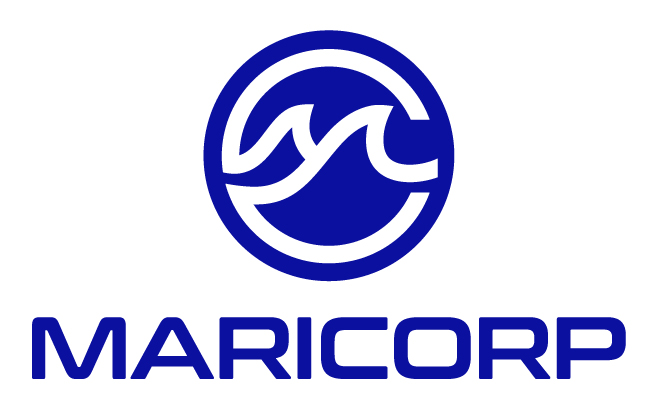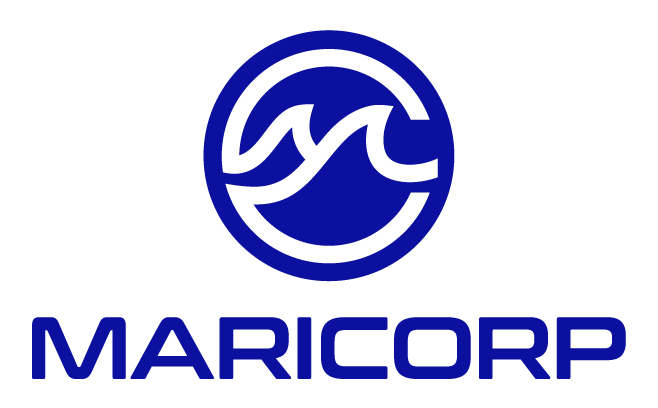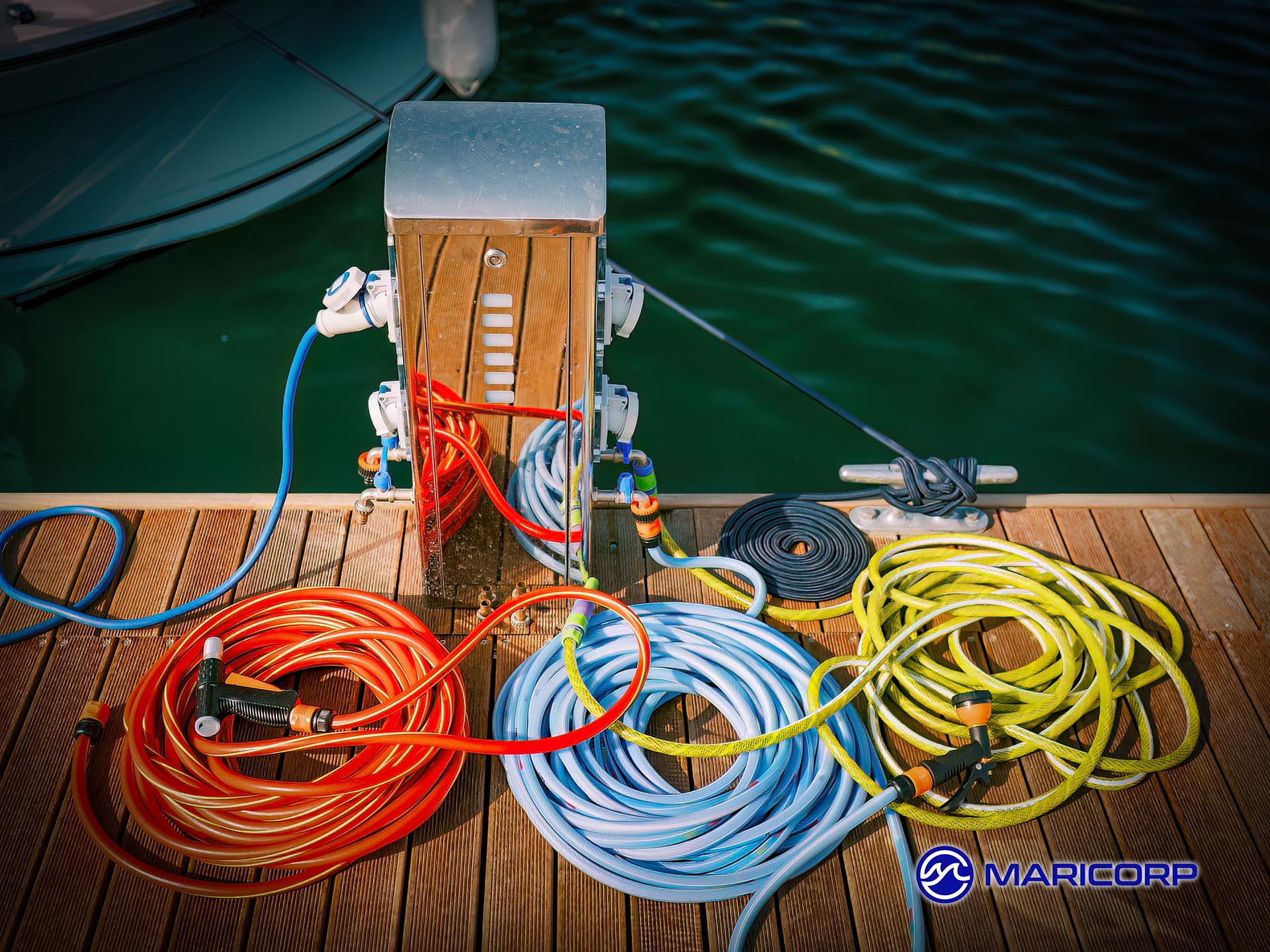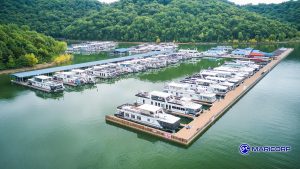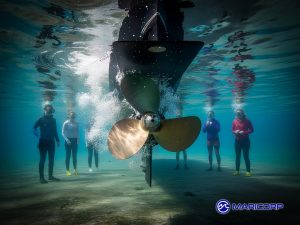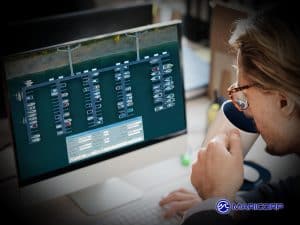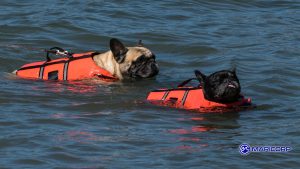What Your Boaters Need to Know: Electrical Safety at Your Marina
What You Need to Tell Your Boaters About Electrical Safety at Your Marina
As recreational boating continues to surge in popularity, safety expectations are evolving to meet modern challenges—especially when it comes to electricity. May is observed as National Electrical Safety Month, an ideal opportunity for marina owners to educate boaters about the unique electrical hazards present in marine environments. With a proactive approach, marina operators can create safer, more welcoming spaces that protect both people and property.
Why Electrical Safety Matters in Marinas
Water and electricity are a notoriously dangerous combination. The risk of electric shock in marine settings isn’t just theoretical—it’s a growing concern. One of the most serious threats is Electric Shock Drowning (ESD), which occurs when electrical current leaks into the water, often from faulty wiring on boats or docks. Swimmers may become paralyzed by the current, leading to accidental drowning.
According to the Electric Shock Drowning Prevention Association, many incidents occur in freshwater marinas where improperly grounded or deteriorating systems fail to trip circuit protection. Unlike saltwater, freshwater is less conductive, which can force electrical current through the body—making ESD uniquely dangerous in lake and inland marina settings.
Boaters are often unaware of how their own vessel’s electrical systems or the dock power pedestal can contribute to these risks. This lack of awareness underscores the need for direct education and communication from marina staff.
Key Concepts Boaters Need to Understand
Marina owners can take the lead by ensuring boaters understand these essential principles:
- The Danger of Stray Electrical Current
Stray current can originate from corroded wires, overloaded systems, or poor grounding. Any energized part that contacts conductive surfaces—metal ladders, cleats, or water—can pose a risk. Boaters should know that touching energized parts or even just swimming in electrified water can be fatal.
- Regular Electrical Inspections Are a Must
Owners should be encouraged to schedule annual marine electrician inspections of their boats, especially before boating season begins. These inspections ensure compliance with American Boat & Yacht Council (ABYC) standards, which are designed to prevent hazards through correct system design and grounding practices.
- Marine-Grade Equipment Only
Many ESD incidents are caused by using household extension cords, plugs, or junction boxes on boats. Emphasize that only UL-listed marine-grade shore power cords and connections should be used. A visual inspection of all cords, plugs, and receptacles before each use is essential.
- Know the Signs of Electrical Problems
Boaters should be on alert for these red flags:
- Tripped breakers when plugging into shore power
- Tingling sensations when touching metal parts near water
- Flickering lights or appliances not working properly
- Unusual sounds or smells near power panels
If any of these occur, boaters should disconnect immediately and alert marina staff.
- Swimming Near Docks is Dangerous
Regardless of a marina’s safety record, swimming near docks should be strictly prohibited. Even well-maintained marinas can suffer from sudden equipment failures or transient vessels introducing hazards. Post signage and enforce policies that keep swimmers away from electrical risk zones.
More information is available via the Electrical Safety Foundation International (ESFI) which annually promotes public awareness about reducing electrical injuries and fatalities.
How Marina Owners Can Educate and Protect
Taking a leadership role in electrical safety not only reduces liability but enhances the overall customer experience. Here’s how marina owners can guide and support safe boating practices:
Host Safety Workshops or Demos
Coordinate with a certified marine electrician or the local fire department to host an annual Electrical Safety Day in May. Demonstrations of safe shore power usage, visual inspections, and even simulated ESD scenarios using models or videos can be very impactful.
Provide Safety Literature and Digital Resources
Include printed safety checklists in new slip rental packets and post downloadable PDFs on your marina’s website or social media. Recommended materials include:
- Boater’s Guide to Preventing Electric Shock Drowning (BoatUS)
- NFPA Marina and Dock Electrical Safety Guidelines
Also consider QR codes on signage that direct customers to trusted educational sites.
Conduct Regular Marina Electrical Audits
Work with licensed electricians to perform comprehensive inspections of shore power pedestals, junction boxes, GFCI breakers, and grounding systems. These audits help identify corrosion, damaged insulation, overloaded circuits, or code violations per NEC Article 555.
Document your inspection schedule, upgrades, and training efforts to demonstrate due diligence in the event of an incident.
Enhance Signage Around the Marina
Clear, visible signage that reads “No Swimming – Risk of Electric Shock” should be posted near all docks, along with visuals explaining what ESD is. Include reminders to:
- Never use household cords
- Always inspect power cables
- Report flickering or tripping issues
Many marinas find success with laminated placards at each pedestal.
Train Staff to Spot and Report Issues
Every member of your marina team should understand the basics of electrical safety, how to visually inspect shore power systems, and what to do in the event of a suspected shock incident. Provide checklists and procedures so staff feel confident in responding appropriately.
Offer Incentives for Compliance
Encourage your slip renters to participate in your safety efforts by offering discounts on inspections or rewards for attending safety briefings. This not only boosts compliance but builds goodwill and trust with your boating community.
What the Future Holds for Safety and Sustainability
As electric propulsion, onboard solar panels, and digital monitoring become more prevalent in recreational boating, the complexity of onboard electrical systems will continue to rise. These changes offer both environmental benefits and new safety challenges.
To stay ahead, marinas must:
- Keep up with code changes and innovations
- Upgrade infrastructure to handle modern energy loads
- Stay connected with organizations like ABYC and NFPA
By embracing these trends and maintaining a safety-first mindset, marinas position themselves as modern, responsible, and boater-friendly.
National Electrical Safety Month is more than a reminder—it’s a call to action for the boating community. Through outreach, infrastructure upgrades, and consistent safety communication, marina operators can help protect lives, prevent tragedy, and build long-lasting customer relationships. By giving boaters the knowledge they need to stay safe, marinas become not just service providers, but trusted stewards of the water.
Related Safety Articles
*Sign up for our free newsletter “Marina Management Journal” so you can stay up to date
About MariCorp
Maricorp is one of the largest floating boat dock manufacturing and construction companies in the United States, specializing in galvanized steel floating docks and boat lift systems. With projects spanning coast-to-coast, Maricorp provides marina consultation and design, marine construction, marina repair and renovation, and boat dock disaster response and demolition.
